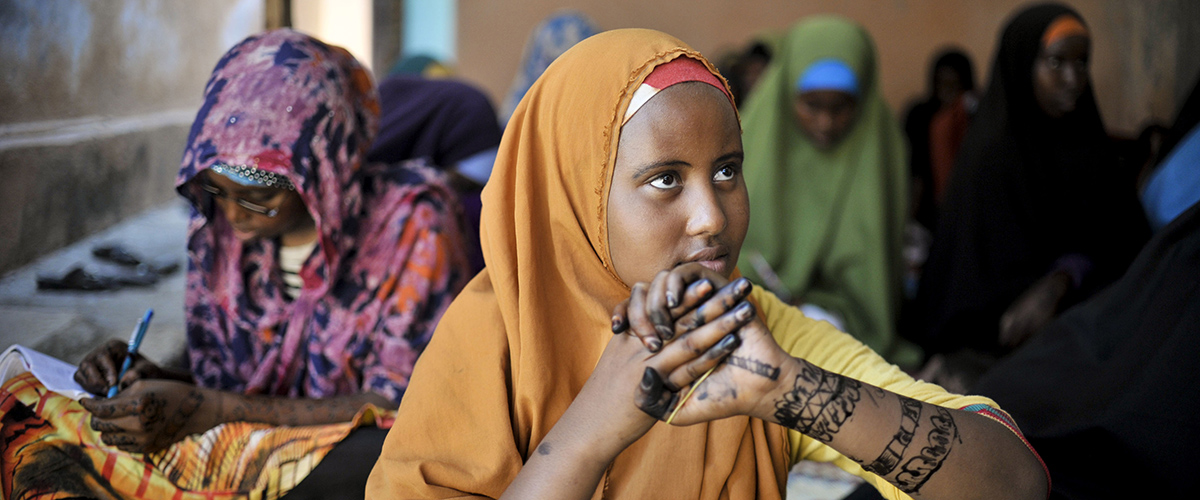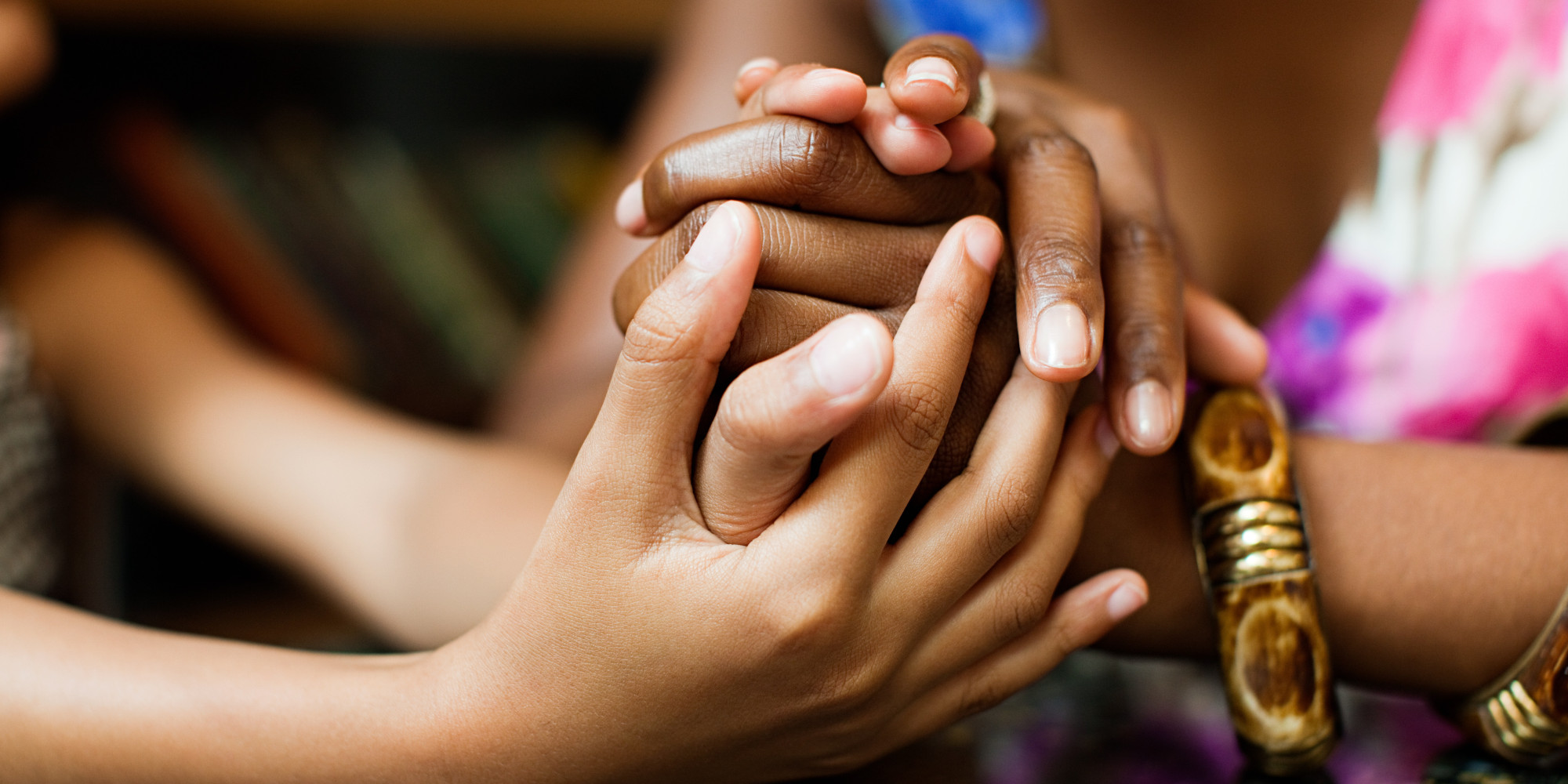Most women have experienced sexual harassment or even encountered sexual jokes from those around them.
A recent survey released by ActionAid revealed widespread harassment of young women with as many as three quarters (74 per cent) of Kenya’s young women reporting that they had come face to face with sexual harassment in the last six months.
According to a new study, young women aged between 14 and 21 are living in fear of unwanted sexual advances, both physical and now increasingly on the interweb.
Social media, where the uncouth behaviour seems to have spilt over uninhibited according to the report, has exacerbated the problem.

Seventeen-year-old Grace Achieng*, a high school student from Nairobi, told DN2 that she cannot count the times she has had uninvited comments thrown her way by strangers in public places.
“People working in public transport seem to have a proclivity to this behaviour. I can’t recall the many times I have heard “wewe ni size” (a phrase with sexual connotations commonly used by men to harass women, meaning, ‘you’re my size’) said to me at bodaboda stations or bus stops,” she says.
It gets worse, she adds: “I have been tapped inappropriately by men on crowded streets pretending they were just squeezing themselves through the crowd. This is a prevalent problem, it seems, because I’ve seen and heard friends say a tout touched them inappropriately while ushering them into a matatu.
It gets worse if you go to the open air market. Men there think they must touch or grab your hand for you to look at their wares. If your response to their action is hostile, then even more lewd things will be yelled at you. Most girls my age will understand what I’m talking about.”
Ms Barbara Muthoka, a university student recalls her shock when an elderly man squeezed her breast as she went about her business at Kariokor Market in Nairobi.
“I could not believe it, partly because this was an old man, the age of my grandfather. I remember I stood in front of him, angrily glared at him and to my dismay, he just scoffed it off and looked at me as if to say, ‘so, what will you do?’ There were other men, nearly his age, and I looked around to see if any of them would call him out, but they all just looked on as if what the old man had done was normal. I felt so vulnerable!”
Groping, catcalling, negative comments about a girl’s appearance, sharing explicit (e.g. naked) photos online, sexual jokes about girls, wolf whistling, sexting, upskirting (taking a photo up a girl’s skirt), and being forced to kiss someone, were some of the behaviours mentioned by participants in the survey.
Beyond physical
But for Ms Muthoka, the assault has defied physical confines, leaping onto social media platforms where sharing of offensive material has become routine, as people get a virtual platform to say things that they would not ordinarily say in person.
“I have often had to delete obscene material from my cell phone and warn a classmate or contact from sending me such things, but sometimes they just keep sending them until I block them,” she says.
She reckons that a national dialogue regarding sexual harassment on our social media ought to be encouraged.
Ms Jane Godia, an editor at The African Woman and Child Feature Services, who provides services to girls who have been victims of such indecent acts, says the issue runs deeper, and lack of sex education in schools and general community awareness are major contributors to this moral decay.
Most sexual harassment cases the organisation handles, she notes, are perpetrated by older men on girls who are young and defenceless.
“The behaviour violates the girl’s dignity, and she ends up feeling humiliated, degraded and threatened,” Ms Godia notes. She adds: “The cases we have dealt with often involve someone who has more power, like an older relative, a neighbour, a stranger, or even teachers.”
The young girls, she adds, are often weak and lacking the ability to control the dynamics. “Most of them don’t even have the capacity to make informed decisions,” she says.
While there are policies that penalise sexual harassment in public spaces, many cases are still under-reported. According to Ms Godia, it is the prerogative of the person on the receiving end to decide whether the indecent acts are offensive.
Many times, however, the victims are not in a position to decide whether what they have suffered is sexual harassment. This results in situations where most cases go unreported, thus normalising the behaviour.
“The problem has become so entrenched in society that even though acts like catcalling are proscribed by the Sexual Offences Act (2006), reporting and getting a prosecution is a big challenge. In most cases there’s no outright evidence of sexual harassment.”
She says because of this, many cases go unreported and perpetrators carry on unchallenged. She, however, adds that the organisation has been working with police officers to try and put in place mechanisms that make the process of reporting easier and safer for victims.
According to Ms Godia, the problem is with the society. “Are we as a society ready to deal with this problem, which in most cases, is usually the genesis of more serious sexual crimes like defilement and rape? That is the question we need to ask ourselves as a community.”
According to the international survey involving Kenya, the UK, India and Brazil, three quarters of the respondents claimed to have been exposed to some form of sexual harassment in the same period.
The study involving 2,560 young people aged 14 to 21 years, and aimed at uncovering when and where exposure to misogyny begins, and how widespread experiences of sexual harassment are during adolescence, found that girls in Kenya were the most likely to face harassment, with 74 per cent saying they had been exposed to it in the last six months.
Girls in Brazil, India and the UK followed at 64, 57 and 48 per cent, respectively.
UK-based charity, ActionAid, which commissioned the survey, found that girls in Kenya were the most likely to encounter inappropriate sexual behaviour.
This study highlights the prevalence of misogyny in young people’s everyday lives, and shows how sexual harassment is a global phenomenon, blighting the daily lives of young women and girls.
The survey, was carried out in the aftermath of the ‘Me Too’ and ‘Time’s Up movements’, both worldwide campaigns carried out in recent times to shine a light on the sexual harassment women face in their daily lives, and to try and get the relevant entities and government to act.

ActionAid’s study was conducted by Ipsos MORI, on its behalf between December 18, 2018 and January 20, 2019.
Two thirds (or 68 per cent) of young people, both male and female surveyed, believe that the world is a more dangerous place for girls and young women than for boys. The young people of both sexes also said they had seen, heard or read about celebrities or other well-known people portraying women in a negative or offensive light.
The research found that potential influences on attitudes to women and girls start from an early age.
Explicit photos
Social media continues to be a damaging influence, where more than half (55 per cent) of young people questioned across the four countries have seen or heard women being portrayed in a negative or offensive way through social media in the last month.
Participants said females are significantly more likely than males to have seen this type of negative portrayal on social media (55 per cent versus 39 per cent). The percentage is higher by 62 per cent among females aged 20 to 21.
They said awareness of the negative or offensive portrayal of young women increases with age.
Interestingly, even though most of the other behaviours were considered unacceptable, the most likely behaviour to be considered acceptable was ‘sexting’ with three in ten (30 per cent) stating this. This rises to 42 per cent among 20-to-21-year-olds.
While nine out of 10 young people believe upskirting or being forced to kiss someone is unacceptable, young men are significantly more likely to find other behaviours such as groping or sharing explicit photos online acceptable, said the report.
Fifty-five 55 per cent of young people, both male and female)questioned across the four countries, have seen or heard women being portrayed in a negative or offensive way in the last month.
At least half of the youth said they had witnessed sexual jokes and negative comments about young women’s appearance doing the rounds on social media.
“This research shines a worrying spotlight on how many young people witness or experience sexual discrimination and harassment. We know from experience that misogyny is not trivial. It happens because of deep-rooted beliefs that see women and girls as worthless, that their bodies exist to exploit, and control,” Girish Menon, ActionAid Chief Executive, said.
The 85 per cent of young people who have witnessed sexual harassment in the last six months think that wanting to impress their friends, thinking it would be funny or believing it’s ‘what men do’ were the most likely reasons for the behaviour.
Apparently the young men in the study said ‘they would think the person would find it complimentary or be pleased they found them attractive.’
In Kenya, a significantly higher proportion (45 per cent) felt it would be because they had seen similar behaviour on social media.
On the upside, confidence in reporting sexual harassment is high among this generation though. In Kenya, 64 per cent of those who have been harassed in the last six months would feel comfortable telling someone. In fact two-thirds of them have already done so.
Awareness creation is the answer
Young people, according to the research, predominantly believe education is the answer to this problem. Overall, 80 per cent support education as the way to tackle harassment of girls, backing educating boys in schools about how to treat girls and educating girls in school about how to report harassment.
They also feel that educating teachers about taking accusations seriously and educating parents is critical.
To try and empower girls about the subject, Ms Godia’s organisation started what it refers to as ‘the speak out boxes’ in schools, where if they are afraid to speak out, then girls have the option of writing and depositing their complaints in the boxes, which have three padlocks, whose keys are separately kept by the school administration, the school chief monitor and a local organisation working in this area of social work.
“All three parties have to be present to open each of the three padlocks to the boxes,” says Ms Godia. “This way, the girls are assured that their information is safe and they will not get reprisals from the school administration if, for instance, the person they’re reporting about is a teacher.”
Unfortunately, the box-programme, which was initiated three years ago, is currently only available to a handful of schools in Western Kenya, where cases of sexual assault are common.
According to Menon, “In the countries where ActionAid works, we support local women’s groups who work with entire communities to challenge these societal norms and educate women and girls about their rights.”
To make real progress, Ms Menon says, “we need a uniformed, properly resourced approach to tackle the unbalanced power relations that prioritise male privilege and perpetuate gender inequality. We want women and girls globally to be empowered to say ‘My Body Is Mine’.”

